Camera panning
Panning is a photographic technique that combines a slow shutter speed with camera motion to create a sense of speed around a moving object. It is a way to keep your subject in focus while blurring your background.
Panning is typically done on a subject moving horizontally, such as a moving car, or a running dog. It can also be done vertically, while tracking someone diving into a pool off a high board or someone jumping up and down.
This is an advanced technique that requires lots of practice to master.
How to pan:
- Choose your moving target
- Set your shutter speed somewhere below 1/60th of a second (set your ISO and f-stop to achieve a proper exposure around your chosen shutter speed).
- Move your body and camera at the same pace as the moving subject
- Keep the subject in focus and hold down the camera trigger to continuously shoot frames as you move with the subject. Keep shooting through the entire rotation.
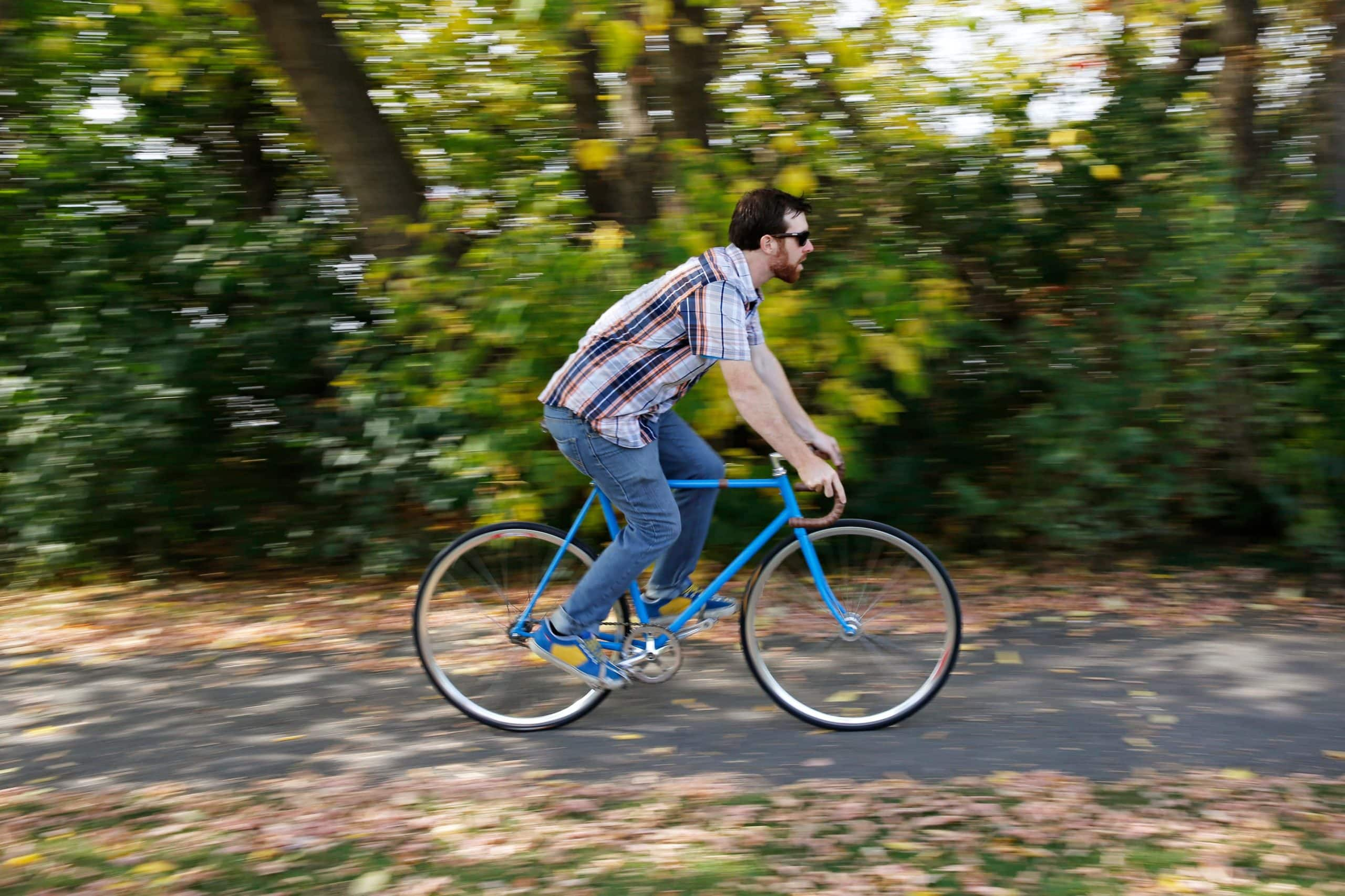
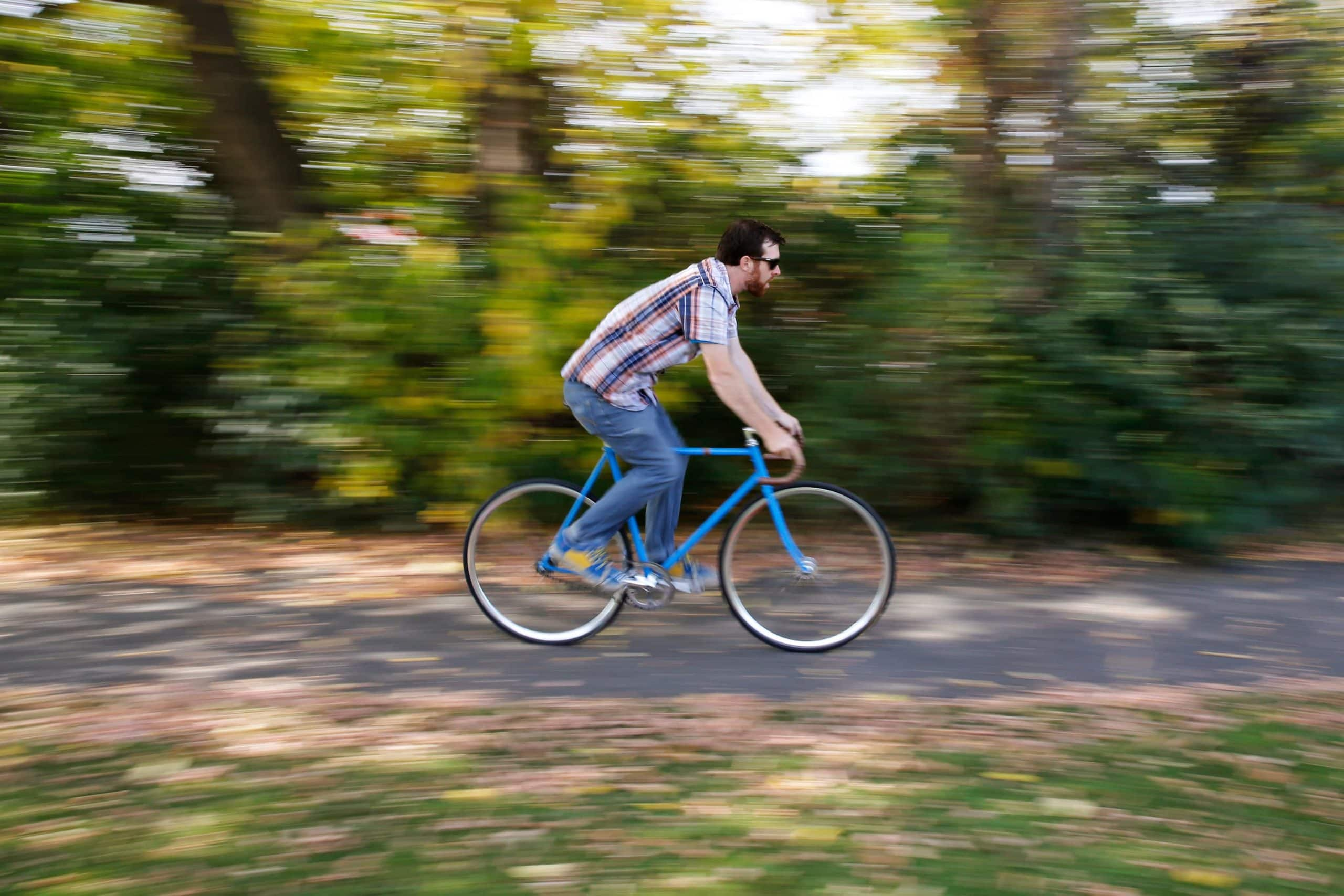
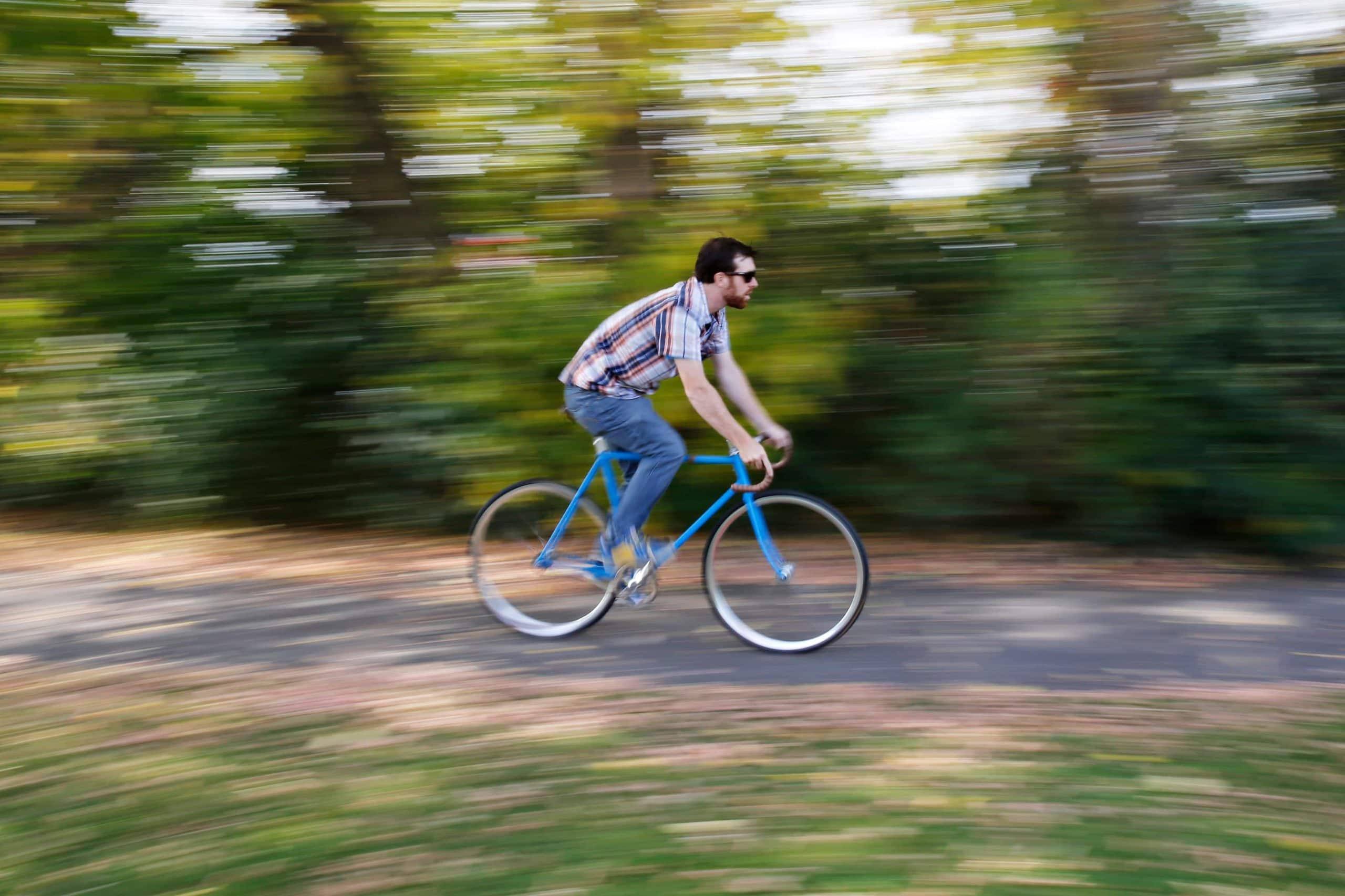
Tips when starting out with camera panning:
Practice this technique on a relatively slow moving subject like someone walking or riding a bike. The faster the subject moves, the faster you have to move.
Use a shutter speed between 1/60th to 1/30th of a second to start. The slower the shutter speed, the harder it is to keep steady during the exposure. Using these shutter speeds should help you practice the feel and motion.
Use the largest f-stop possible – the smaller the f-stop, the harder it is to nail the focus. The less you need to worry about the focal plane, the more you can concentrate on the motion.
If you are shooting in bright sunlight, you may need to find shade or use a neutral density filter in order to get your shutter speed low enough. A neutral density filter is like sunglasses for your camera lens.
It may be helpful to use a monopod when you are first trying this. A tripod would probably be too cumbersome, even with a motion head. I prefer to use myself as a tripod but use what feels comfortable when starting out.
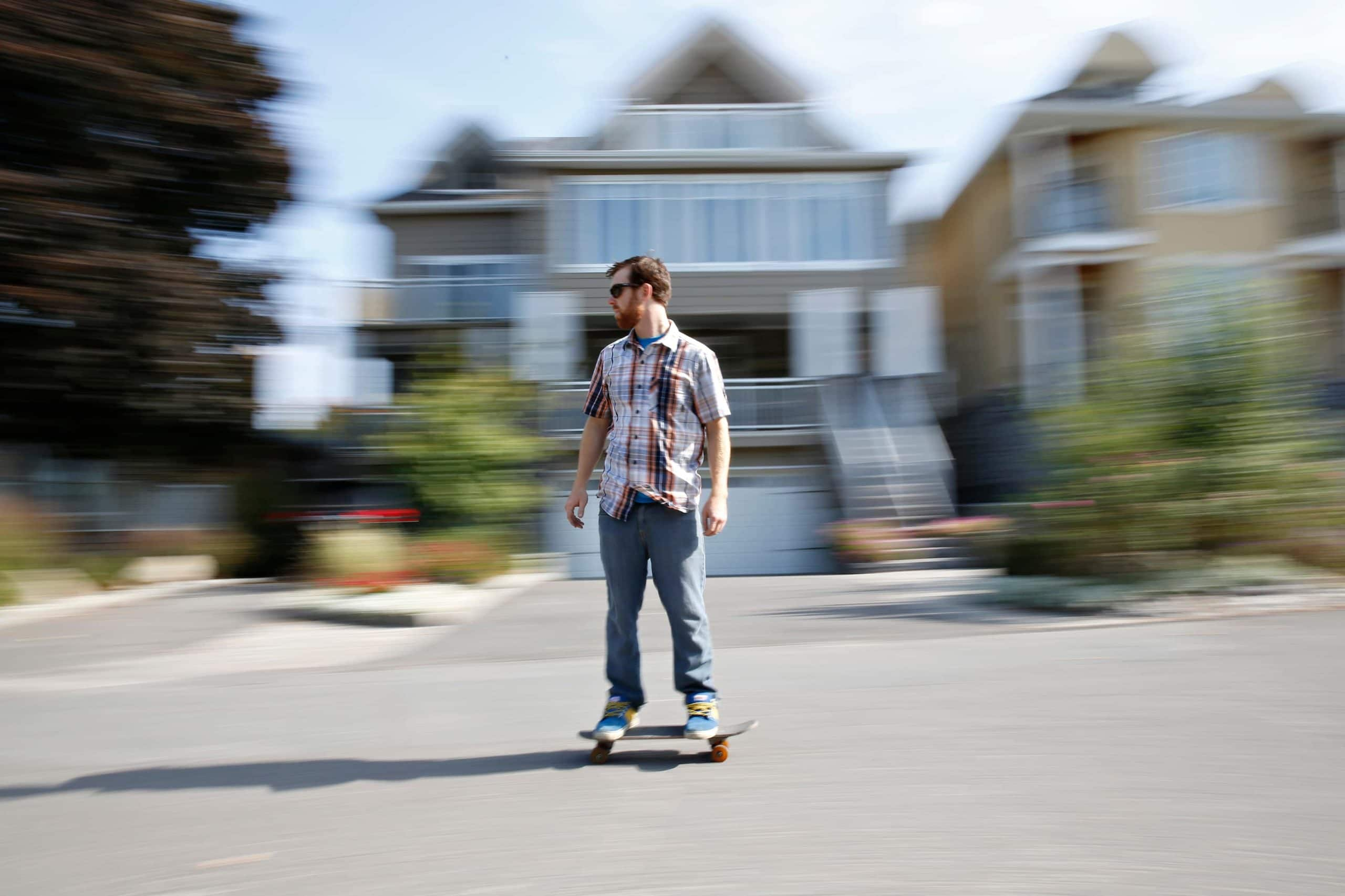
How to stabilize yourself while panning:
Start from a standing or kneeling position. Hold your camera in both hands as you normally would. Firmly press your elbows into your rib cage. Firmly plant your feet or knees in a slightly wide stance. Rotate your entire upper body while panning, not just your hands; everything from the hips up should rotate. Inhale, hold, fire away. It is important that you are in a position that you are not tilting or wobbling while you are moving. The more locked-in and compact your position is, the steadier your rotation will be.
Progressing further:
– Challenge yourself by panning with faster moving objects like motorbikes or galloping horses.
– Practice with a slower shutter speed and really push your ability to freeze a moving object while completely blurring everything around it.
– Use a smaller f-stop, giving you a shallower depth of field and more extreme background blurs.
– Try shooting just one frame rather than a continuous stream. Can you consistently nail a pan with one frame?
– Vertical panning is much harder that horizontal panning so put your skills to the test!
Here are the camera settings for my examples:
Camera mode – manual (M)
ISO – 100-200
Shutter speed – 1/30th – 1/10th of a second
F-Stop – f16 – f22
White balance – Auto
Focus – Auto
AI Servo – continuous auto focus
– first image priority – focus
– second image priority – speed
Frame rate – Continuous High, 6 frames per second
My gear:
Canon 5D mark III
Canon 24-70 f2.8 II lens
Lexar Professional 600x 32 GB compact flash card

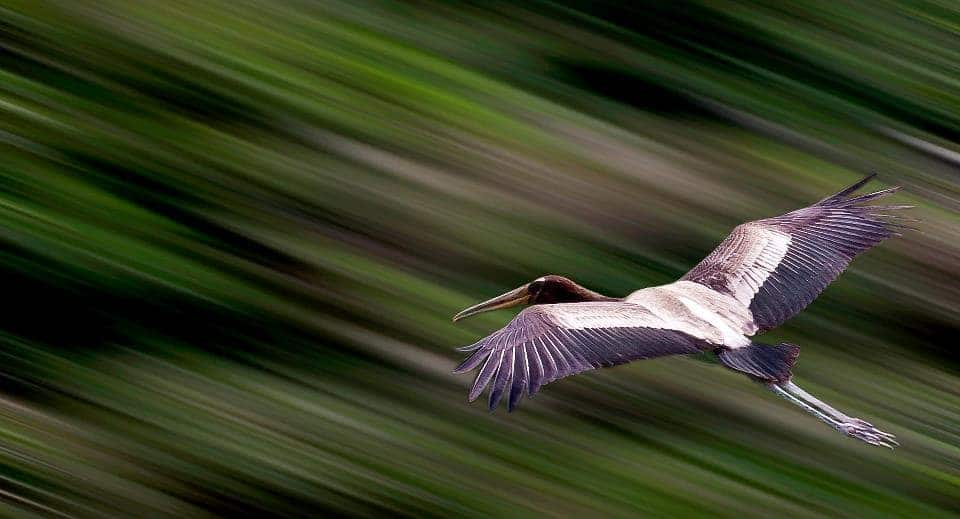








2 Comments